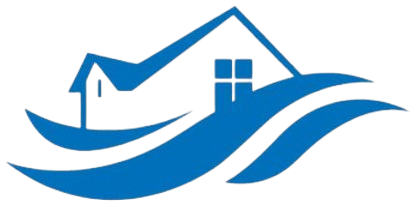Expert HVAC Mold Remediation Services in Marina District, California
Possible Causes of HVAC Mold Growth in Marina District
Mold growth within HVAC systems is often caused by excess moisture and poor ventilation. In humid environments like Marina District, humidity levels can rise quickly, creating the perfect conditions for mold spores to thrive on damp surfaces within air handlers, ducts, and vents.
Additionally, leaks or water intrusion from plumbing issues, roof leaks, or condensation problems contribute significantly to mold development. When moisture gets trapped in hidden corners of your HVAC system, it promotes mold spores to flourish, which can lead to poor indoor air quality and health concerns for your family or employees.
How Our Experts Fix HVAC Mold Issues
Our team begins with a thorough inspection of your HVAC system to identify areas affected by mold and sources of moisture that are fueling its growth. We use specialized tools to detect hidden mold colonies and measure humidity levels throughout your property.
Once the problem areas are pinpointed, we implement comprehensive mold remediation procedures. This includes removing mold-contaminated materials, deep cleaning and disinfecting ducts, vents, and air handlers with EPA-approved solutions. Our experts also address underlying moisture problems by fixing leaks and improving ventilation to prevent future mold growth.
After completing treatment, we conduct post-remediation testing to ensure all mold spores are eliminated and your system is safe to operate. We also provide recommendations for ongoing maintenance, such as humidity control and regular HVAC inspections, to keep your indoor air clean and mold-free.
Why Choose Us for HVAC Mold Remediation in Marina District
Our team has extensive experience in mold remediation, specifically tailored to the unique climate challenges of Marina District. We prioritize safety, efficiency, and long-lasting solutions to protect your property and health. Our technicians are certified and stay updated with the latest industry standards to deliver top-quality service every time.
We understand the importance of swift action when dealing with mold. That’s why we respond promptly to your call at (888) 884-7150, minimizing damage and preventing mold from spreading further. Our advanced equipment and eco-friendly cleaning products ensure that we effectively eradicate mold without harming your indoor environment.
Customer satisfaction is our top priority. We provide transparent assessments and detailed explanations of each step of the remediation process, so you feel confident and informed. With our reliable service, you can rest assured that your HVAC system will be restored to a healthy, mold-free state, promoting better indoor air quality and peace of mind.
Frequently Asked Questions
How do I know if my HVAC system has mold?
If you notice a musty odor, visible mold growth, or experience allergy symptoms that worsen indoors, these are signs of mold in your HVAC system. Conducting regular inspections can help identify mold early before it spreads.
Is mold in HVAC systems dangerous?
Yes, mold in HVAC systems can be harmful, especially for individuals with respiratory issues or allergies. Mold spores circulating through your ventilation system can deteriorate indoor air quality and cause health problems over time.
How long does mold remediation typically take?
The duration depends on the extent of contamination. A standard remediation can take from one to three days. Our experts will provide a clear timeline after assessment, ensuring minimal disruption to your daily routine.
What steps can I take to prevent HVAC mold in the future?
Maintaining proper humidity levels, regularly changing filters, and scheduling routine duct cleaning can significantly reduce mold risk. Our team can also recommend monitoring devices to help you keep indoor moisture in check.
Can I use DIY methods to remove mold from my HVAC system?
While minor surface cleaning is possible, professional mold remediation ensures thorough removal and addresses underlying moisture issues. DIY efforts may only provide temporary relief and risk spreading mold spores further if not done correctly.
